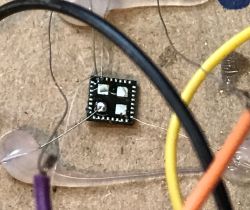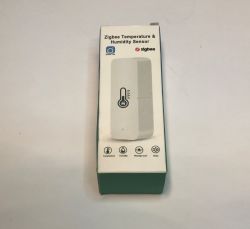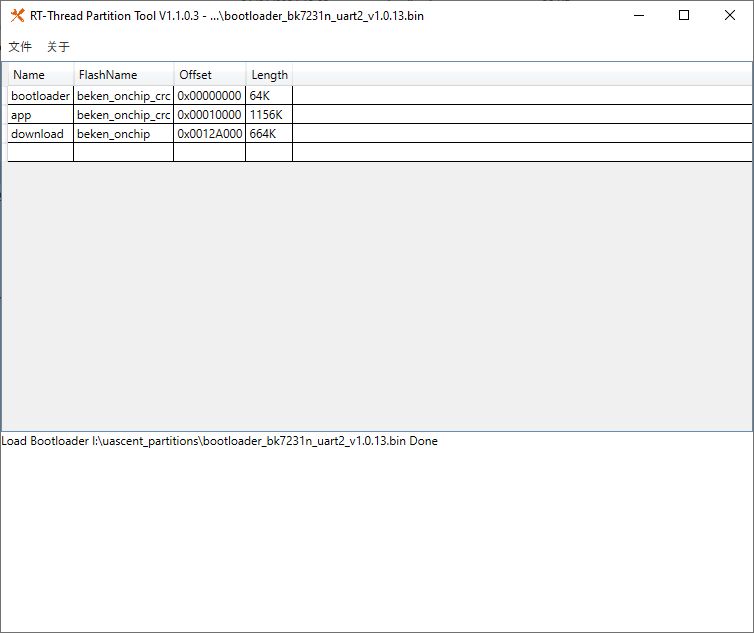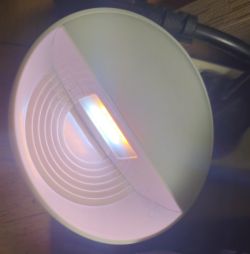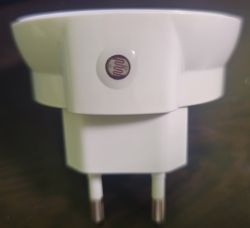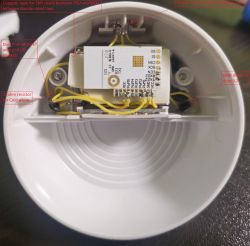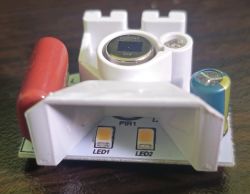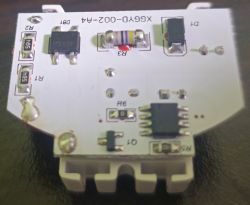Hello,
I created my own Night light with all custom parts and wb8p (BK7231T) module.
However I selected P-channel mosfets for the led control.
Can anyone advise me on how to reverse PWM so LOW (0v) is the on state?
I really prefer not to build level inversion circuit, as it just seems dumb.
There are some additional questions on how to read the Light sensor connected to ADC, but this is not as urgent.
Added after 44 [minutes]:
Chat GPT told me to go OpenBeken 1.19.x i did find compiled thing and it was horrible.
Guess i either spend time soldering or wait.
I am amazed such simple thing is not there yet...
Added after 9 [minutes]:
I use SOT-23 mosfets, so this is another hell to solder with no PCB, well i guess i have to,
I created my own Night light with all custom parts and wb8p (BK7231T) module.
However I selected P-channel mosfets for the led control.
Can anyone advise me on how to reverse PWM so LOW (0v) is the on state?
I really prefer not to build level inversion circuit, as it just seems dumb.
There are some additional questions on how to read the Light sensor connected to ADC, but this is not as urgent.
Added after 44 [minutes]:
Chat GPT told me to go OpenBeken 1.19.x i did find compiled thing and it was horrible.
Guess i either spend time soldering or wait.
I am amazed such simple thing is not there yet...
Added after 9 [minutes]:
I use SOT-23 mosfets, so this is another hell to solder with no PCB, well i guess i have to,



